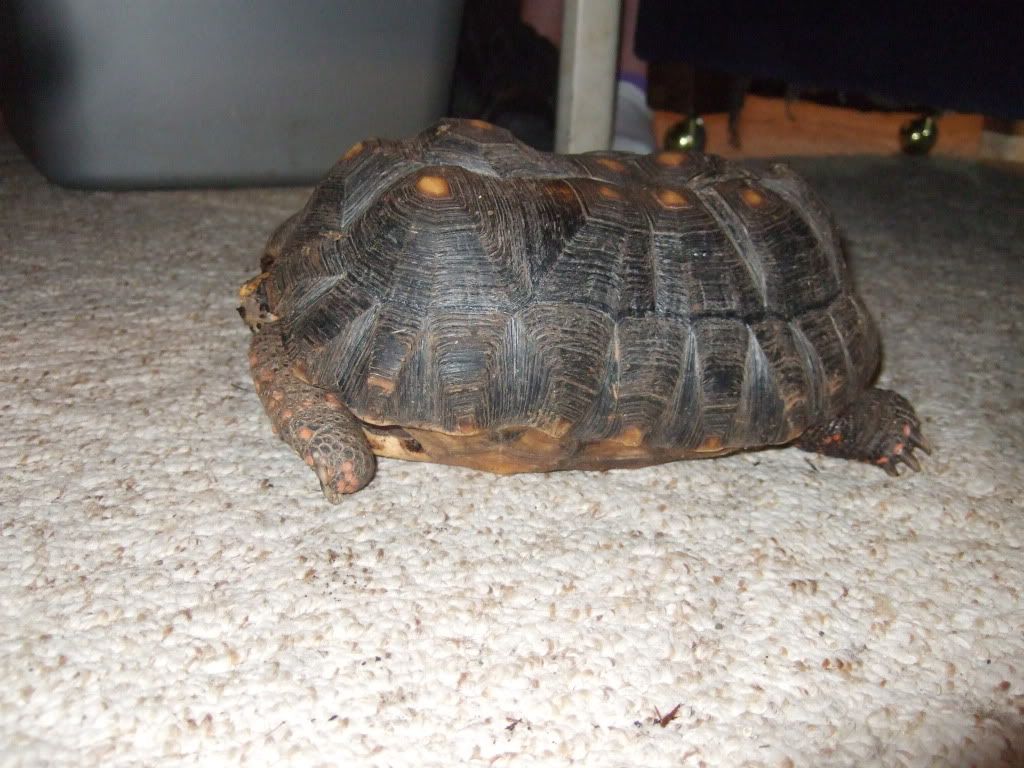From a medical stand point, there are only a few conditions that are so systemically connected--- that you can't have 1---without the other.
Scutes are part of the integumentary system [our version of skin, hair and nails---UNDER this protective layer is where you find the SKELETAL system[bone--which also includes some cartilage]. In the tortoise--the bones, that resemble human anatomy, such as our 12 pair of ribs and the bones of the spine---happen to be FUSED together. They both contribute to making the "protective housing" for the internal organs. Even though the 2 separate systems may require the same minerals,vitamins and hormones to produce healthy CELLS, it is the varied amounts that each individual cell [ie; bone/skin]---needs to replicate for "normal" growth to happen. IMO--I still believe--you can have pyramiding--without MBD----but not the other way around. I think of it in "human"terms--- I could have "ugly" finger/toenails that have thickened or have ridges, and not have an issue with the bones of my hand/foot, but most often, an underlying systemic problem-ie; cardiac insufficiency--- will present itself with clubbed fingers.
Scutes are part of the integumentary system [our version of skin, hair and nails---UNDER this protective layer is where you find the SKELETAL system[bone--which also includes some cartilage]. In the tortoise--the bones, that resemble human anatomy, such as our 12 pair of ribs and the bones of the spine---happen to be FUSED together. They both contribute to making the "protective housing" for the internal organs. Even though the 2 separate systems may require the same minerals,vitamins and hormones to produce healthy CELLS, it is the varied amounts that each individual cell [ie; bone/skin]---needs to replicate for "normal" growth to happen. IMO--I still believe--you can have pyramiding--without MBD----but not the other way around. I think of it in "human"terms--- I could have "ugly" finger/toenails that have thickened or have ridges, and not have an issue with the bones of my hand/foot, but most often, an underlying systemic problem-ie; cardiac insufficiency--- will present itself with clubbed fingers.









